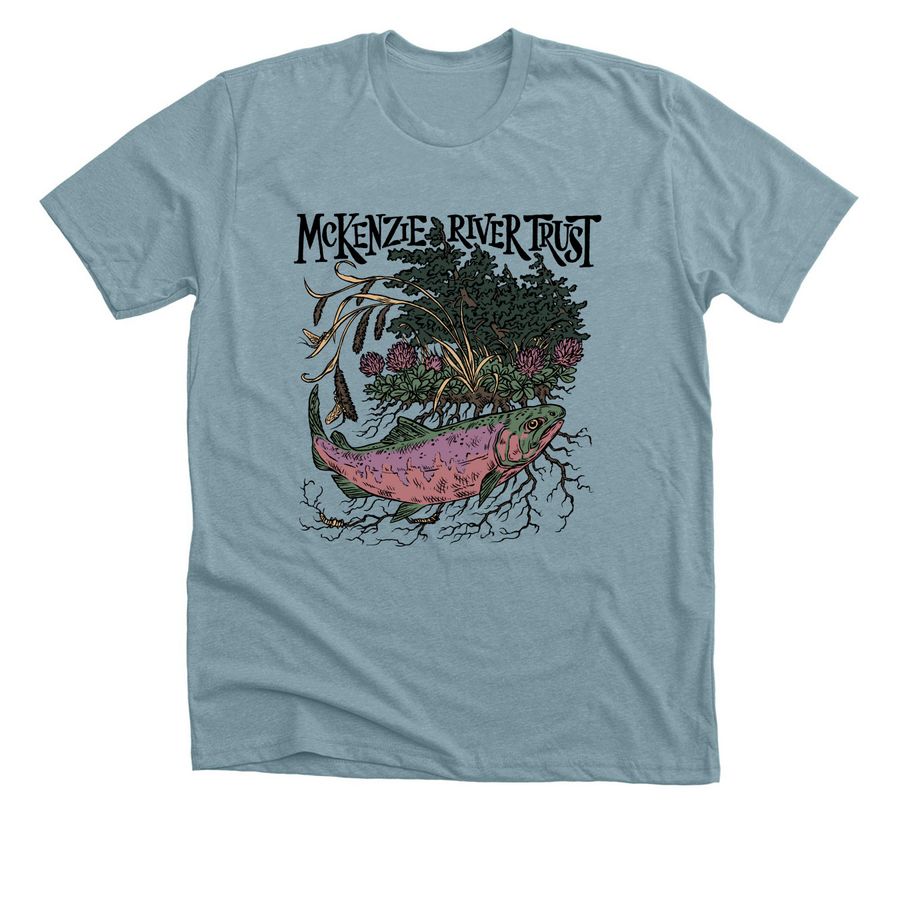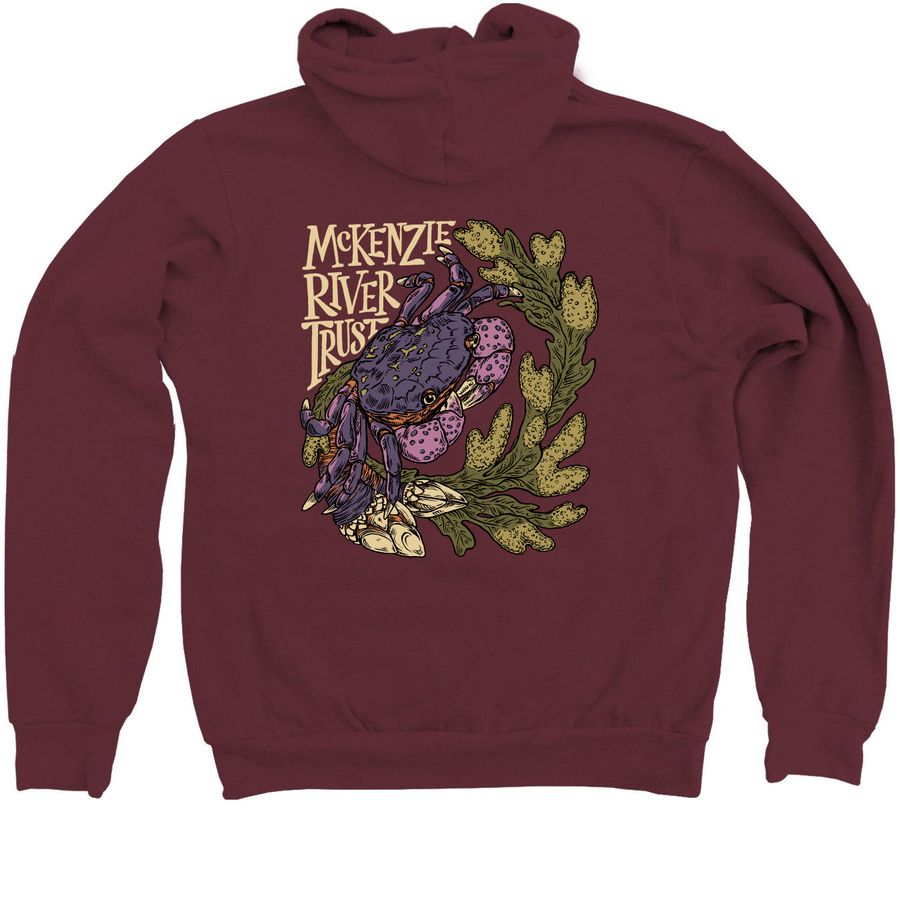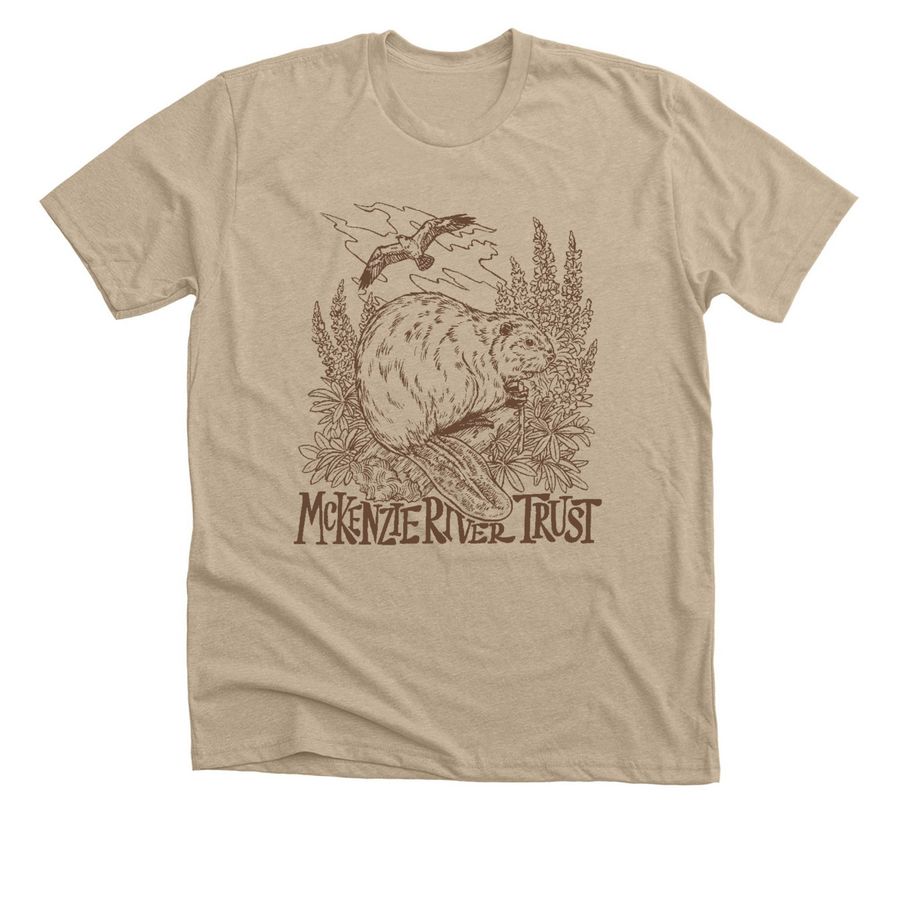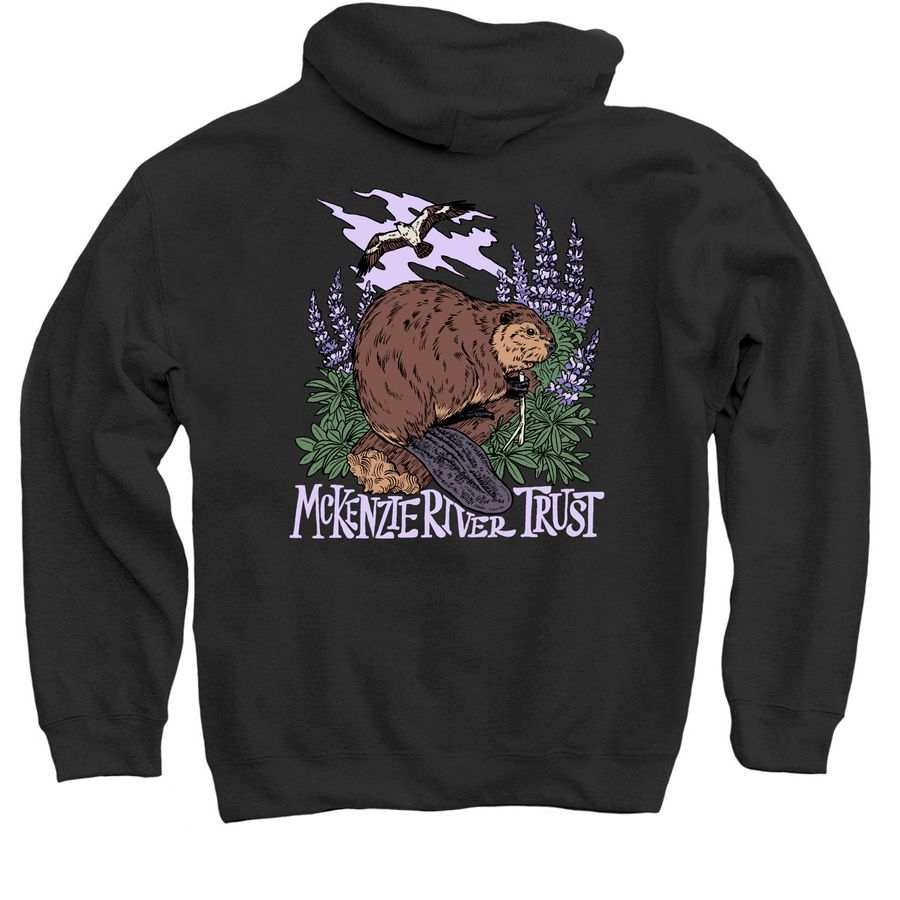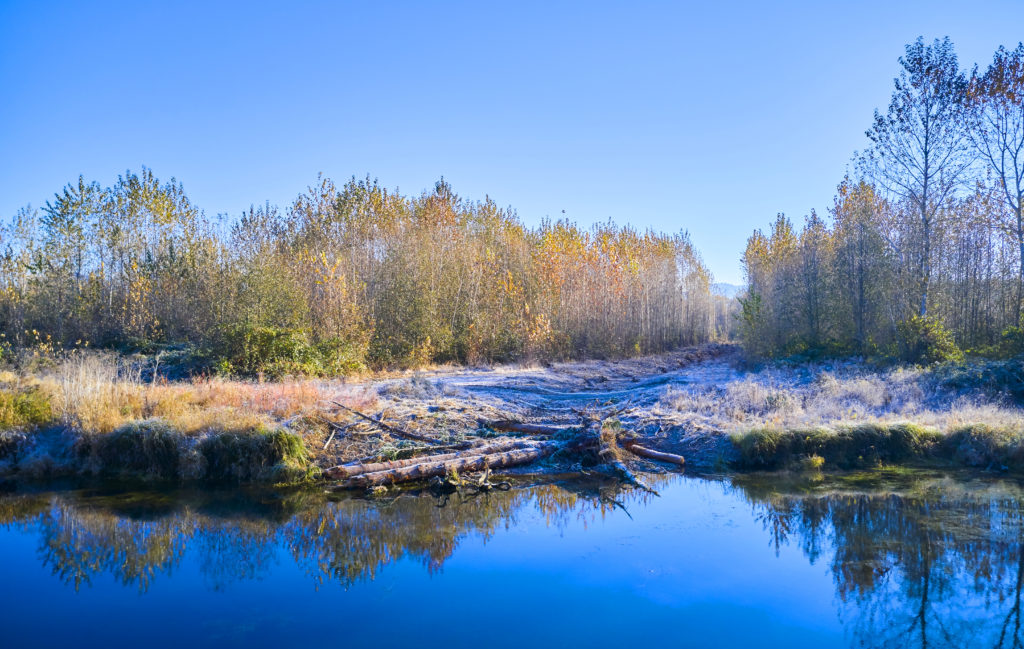
From frogs to fish, beavers, and otters, our rivers are home to an incredible abundance of animals. Reconnecting our rivers to allow for water to slow and spread not only improves water quality and retention on the landscape but also provides important habitat for the beloved animals around us.
This fall, contractors worked on Green Island to restore connections between land and water. This latest swale reconnection project, funded by the Oregon Watershed Enhancement Board, builds on years of investments in this area.
Beginning in the 1930s, Green Island was slowly converted to agricultural use. However, farming in an active
floodplain was not without challenges. Equipment often sunk into deep, wet soils, and ongoing flooding created issues. In the early 2000s, family matriarch Karen Green worked with the Trust and many partners to give the land back to the river.
Since purchasing the property in 2003, we have worked alongside our community to help make that vision a reality. We’ve removed more than 6 miles of levees and planted over a million trees and shrubs. Acre by acre, we’ve worked in partnership with the land and water here to do the hopeful work of seeding a forest for future generations to enjoy.



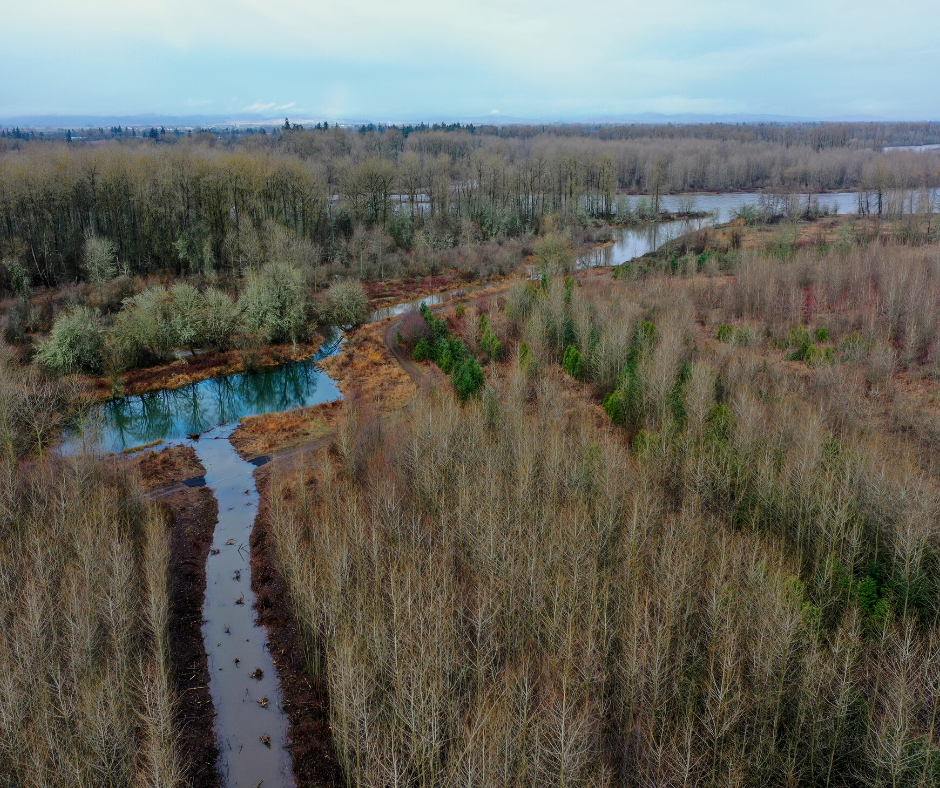
Explore More Stories
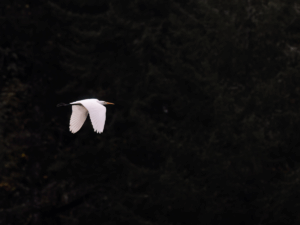
Public Notice: McKenzie River Trust Seeks Accreditation Renewal
McKenzie River Trust is pleased to announce it is applying for its third accreditation renewal through the national Land Trust Alliance. The land trust accreditation program recognizes land conservation organizations that meet national quality standards for protecting important natural places and working lands forever. The public is invited to comment through Monday, December 22nd, 2025
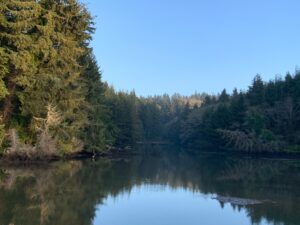
Caring Across Time
More than four years ago, McKenzie River Trust expanded our work into Lincoln County to help safeguard this special place. Now, we’re carrying forward the good work of the Central Coast Land Conservancy and expanding impact across the Yaquina River watershed.
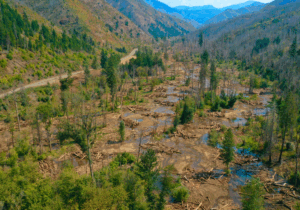
Partnerships at Work in the McKenzie Valley
The completion of restoration at Quartz Creek bolsters a growing network of efforts to protect water and wildlife across the McKenzie River watershed.

